
1. The Unconscious Jungian or “depth psychology”, is primarily concerned with the unconscious world of the patient, and with how that unconscious world is limiting their conscious life. In Jungian thought, the unconscious complexes of the patient affect their decisions and feelings in a reactive way until these complexes are dredged up by the analyst and patient into consciousness. Trauma rules patients’ lives. A major life trauma that has not been processed has a way of wrapping its tentacles around many aspects of a patient’s psyche without patients even being aware. The flashbacks or painful memories from the event are awful, but they are often not the most pervasive way that trauma invades patients’ reality. Traumatic beliefs about the self and emotions that the patient experienced during the trauma often intrude into their reality through many unconscious associations and triggers. Any therapist who has treated complex trauma patients has seen these patients be tortured by being involuntarily submerged into the emotional depths of the trauma experience. The amygdala, the brain’s alarm system, cannot tell time. During a crisis memory, all the emotions and negative beliefs that a person had about themselves during the trauma are re-experienced in the present. All of the unprocessed trauma memories will activate the amygdala any time that they are activated by triggers or associations to the trauma. Many times therapists are not aware of how unconscious many of these associations and trauma triggers are. Often the patient’s brain is noticing things unconsciously that are activating a trauma that a patient may not be consciously aware of. Often the emotional and somatic reactions that patients experience when a trauma memory is activated are not things they are consciously aware of. Noticing a patients unconscious and symbolic beliefs about a trauma, and making the patient aware of them is a major part healing.
2. The Parts of the Body Jungian Psychology is inherently deconstructive or “parts based” in that it is breaking down and analyzing different parts of the psyche and self. Jung called the different parts of the psyche “archetypes” in that they were reoccurring constructions of the human experience. Trauma causes damage to the way that patients are able to relate to these parts of themselves and to the world. Trauma disrupts a patient’s secure, or reinforces a patient’s already insecure attachment style, informing how much control they believe they have over regulating the expression of the different parts of the self. Just like trauma, many of the “parts” of the psyche have control over a specific part of our body or somatic experience. Also, just like trauma, the key to finding and healing many of the parts of the psyche lies in our somatic experience and in our body. When patients present to me with issues with rage and powerlessness, I always start by putting them in touch with the warrior archetype. Most patients who have disowned, or become over identified with their warrior archetype will have experienced a trauma. The warrior is a sense of personal power. Most people store their warrior somaticaly in their chest, heart or in their lungs. The Warrior is boundaries securely enforced between ourselves and others. The warrior is our actualized capacity for self expansion and discovery. The warrior is our capability to develop and use our talents for personal and professional power. The Warrior lets us strike back at chaos when it threatens our meaning and significance.. Patients who have disowned the warrior will feel listless, purposeless, and incapable. Losing touch with the warrior leads a person to avoid confrontation, yet be prone to unpredictable of bouts of rage. Without the warrior we cannot act on our anger and do not notice it until it takes us over. When I do Jungian somatic work, I have trauma patients that are out of touch with their warrior imagine themselves putting on the “armor” they see their warrior wearing. Kids will often put on a halo or fantasy armor. Adults often wear a knight’s armor or a cowboy outfit when they reconnect to the archetype. I have patients walk around the room and tell me what about their body feels different in the warrior’s armor than when they take it off. Patients’ entire personalities will change as they reclaim their personal power and describe being in their body as a capable, instead of a vulnerable experience. Patients often describe a feeling of control and reduction in pain as they walk more confidently. Type A patients, who are over identified with their warrior archetype, will often take off the armor and be able to breathe and relax again, having found it sweltering for most of their lives.
3. The Parts of the Mind Internal Family Systems and Voice Dialogue are both approaches that use Jungian parts based techniques to recognize and regulate the sub personalities and parts of the psyche inside a person. One of the techniques from IFS and VD that I use with trauma patients is talking to the “inner critic”, the critical and sometimes punishing part of our personality. The inner critic is the part of the personality that tells you you said something stupid after you leave a party or criticizes you when you look in the mirror. A healthy identification with the inner critic can be motivating, but an over identification with the inner critic can be exhausting. Patients can often identify familiar aches, pains, and muscle tightness that will activate when they are experiencing the inner critic. Often the inner critic will sound like a critical caregiver in tone, but not in content. For example, the inner critic demand that you accomplish your own goals but might make personal attacks or black and white judgments like a caregiver used to push you towards their own goals for you in childhood. An important part of inner critic work with anxious patients is turning the inner critic from a bully into an ally. There are many parts of the personality in the VD and IFS models, including the pusher, the pleaser, protectors, and the shadow or the disowned parts. All of these pieces of the self are important and necessary sometimes, but not in every situation. Parts based psychologies help trauma patients recognize that voices like the inner critic are not really their whole self, just a part of it. Trauma will often turn the “democratic brain” into a tyranny, where one part of the patient’s psyche is desperately holding onto control all of the time. When all of the pieces of the personality are recognized the patient will be able to use the parts of themselves where they are helpful and not when they are damaging.
4. Imagination We are not learning unless we are imagining. When we “trick” our brains into learning information, we are actually imagining a reality in which we think we will need to know that information. Love itself is imagination; when we fall in love we are imagining ourselves and the future in a way where we are both present and outside of ourselves. Trauma damages a person’s ability to imagine and create, and Jungian therapy is rooted in teaching patients how to imagine. Creativity puts patients in touch with the unconscious and allows them to discover parts of themselves that they were not aware of. Without imagination we can only believe that our world will be only what we have seen before. For a trauma patient this means that they cannot believe in the world without the emotions of the trauma. Much of the reason that EMDR and other trauma treatments works is that it brings the creative left brain into the static and right brained traumatic memory to process it. Jungian therapies understand inherently that imagination is at the root of change and healing. I have an imagination exercise that I like to use with trauma patients. I have patients imagine an image that they make to describe the traumatic emotions they feel. Are they a mouse in a field hiding from a hawk? Does every social situation feel like they are surrounded by aliens disguised as humans? Does it feel like you are being stalked by a dragon that only you can see? Once we have built the image we will start to make small changes to it that make patients feel more in control. Patients will often realize different things about how they are experiencing the trauma both in their bod and in their mind that help us to frame treatment.
5. Making Meaning Even when the symptoms that bring a patient into therapy have begun to resolve, trauma often damages a patient’s ability to understand themselves and their story. Not only does Jungian therapy reduce the symptoms that patients bring into therapy, but more importantly it puts them in touch with who they are and how they make meaning out of life. We cannot forget that as clinicians. Trauma patients need a sense of purpose and a sense of place within a personal story, and you can rarely heal them without putting them in touch with these these things. Put simply, patients who are in crisis have lost their ability to make their own lives have meaning, and need to be put back in touch with their own personal mythology. Parts based psychologies acknowledge that in order to heal someone you often must bring the person outside of themselves into a greater sense of purpose or identity. Jungian therapy heals by reconnecting patients with their part in a larger story. An image that comes to mind when comparing manualized medical therapy and Jungian thinking is the juxtaposition between a motor boat and a sailboat. Most models require clinicians to identify and rebuild each part of the engine that makes up the patients psyche, while Jungian analysis is more akin to stitching up the torn sail of a boat. The understanding of healing in Jungian thought is that there are powerful healing forces inside ourselves and the larger world that clinician is merely putting the patient back in touch with during therapy.
6. The Hero’s Journey Joseph Campbell observed in his 1955 book, The Hero with a Thousand Faces, that there is a pattern for storytelling that lies deep in the unconscious brain. Campbell observed that there was a universal formula in the structure of all historical myth, popular movies, world religions and in the history of human storytelling that he dubbed the monomyth, or the hero’s journey. Campbell saw the monomyth as a map in our unconscious for the successful life journey of a brave man or woman willing to discover and confront the darkest regions of their own self. In Campbell’s blueprint of our myths and stories, a hero is called into a larger world where he faces trials, and ultimately faces a villain who is reflective of his own shadow or the disowned parts of himself. Having faced the darkness within himself, the hero returns to the world as a changed person with a whole and integrated psyche. Only the villains remain unchanged in Campbell’s understanding of story. Heroes change, where villains remain frozen in their own journey, stuck in some unconquered task of development. When the villain of the story begins to change, he then becomes a protagonist. Trauma patients are often looking for a narrative or a personal myth that can help them understand the damaging experiences that are a part of their story. We cannot forget as therapists this important part of healing trauma. The function of a personal myth allow us to understand ourselves, our history, and to give us a sense of purpose. I use this conceptualization when I am working with trauma patients. In Jungian thought it is not just our job as therapists to help patients reduce the symptoms they present with, but to put to help them reflect on who they really are and what they want out of life. Humans are meaning making creatures and we cannot function until our ability to do this has been restored. Often the job of the therapist is to help a patient understand their role in their own hero’s journey, as a final part of the process to repairing the damage from trauma.
Bibliography:
Jung, C.G. The Archetypes and the Collective Unconscious. Translated by R.F.C. Hull, Routledge, 1991.
van der Kolk, Bessel A. The Body Keeps the Score: Brain, Mind, and Body in the Healing of Trauma. Penguin Books, 2014.
Levine, Peter A. Waking the Tiger: Healing Trauma. North Atlantic Books, 1997.
Ogden, Pat, and Janina Fisher. Sensorimotor Psychotherapy: Interventions for Trauma and Attachment. W.W. Norton & Company, 2015.
Hollis, James. The Eden Project: In Search of the Magical Other. Inner City Books, 1998.
Further Reading:
Edinger, Edward F. Ego and Archetype: Individuation and the Religious Function of the Psyche. Shambhala, 1992.
Johnson, Robert A. We: Understanding the Psychology of Romantic Love. HarperOne, 1983.
Johnson, Robert A. Owning Your Own Shadow: Understanding the Dark Side of the Psyche. HarperOne, 1993.
Zweig, Connie, and Jeremiah Abrams, editors. Meeting the Shadow: The Hidden Power of the Dark Side of Human Nature. Tarcher/Putnam, 1991.
Hillman, James. Re-Visioning Psychology. Harper & Row, 1975.
Campbell, Joseph. The Hero with a Thousand Faces. New World Library, 2008.
Neumann, Erich. The Origins and History of Consciousness. Translated by R.F.C. Hull, Princeton University Press, 1954.
Groesbeck, C. Jess. “The Spirit in the Healing Process.” Harvest: Journal for Jungian Studies, vol. 30, no. 2, 1984, pp. 113-126.
Sharp, Daryl. Jung Lexicon: A Primer of Terms & Concepts. Inner City Books, 1991.

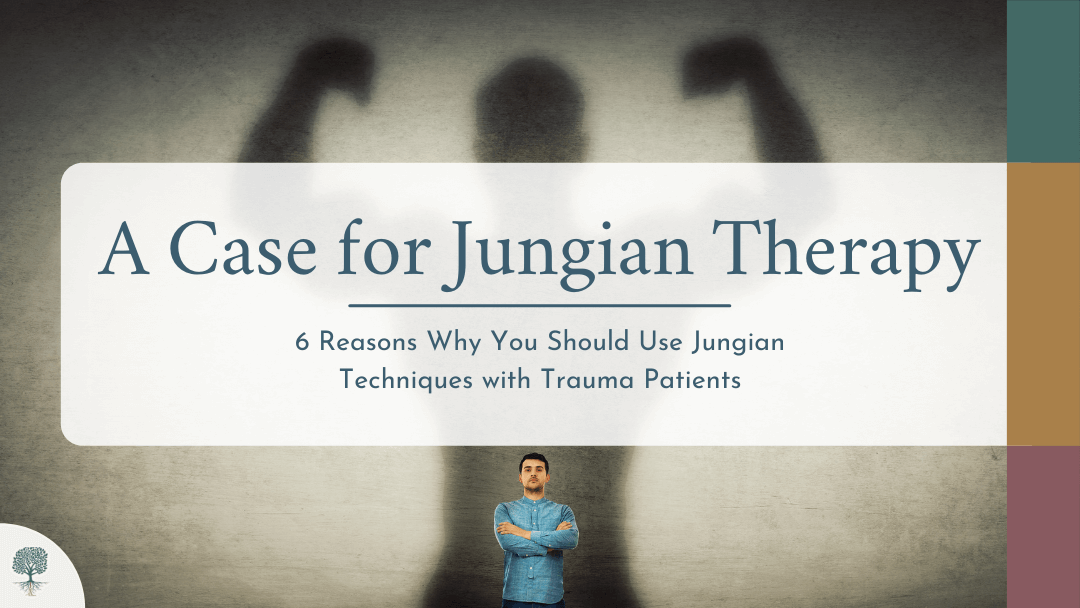

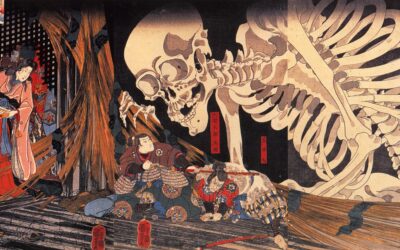


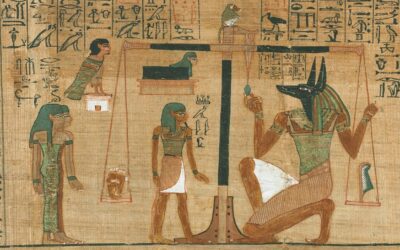
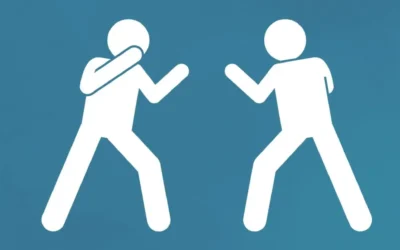




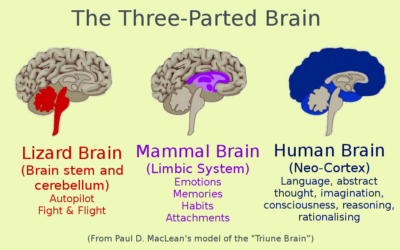
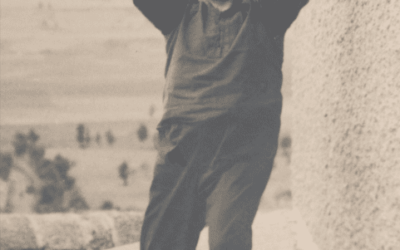



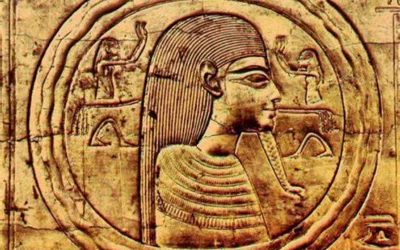


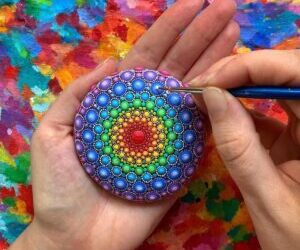






0 Comments